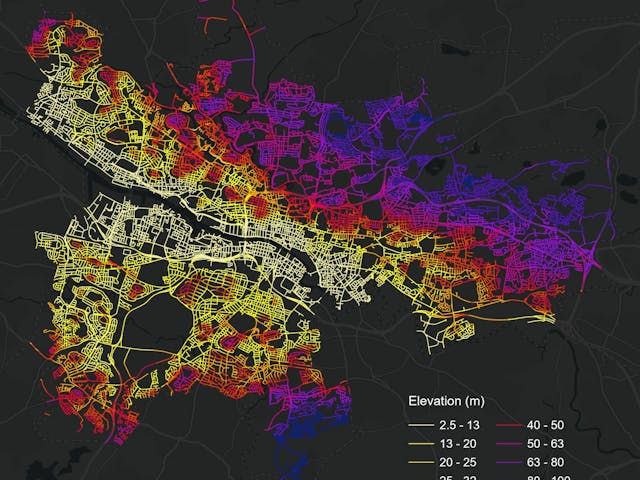
Initial response to ‘Planning for the Future’
Last week, MHCLG released Planning for the Future, their long-awaited White Paper on planning reform in England. It has had a mixed reception and no doubt much discussion will take place before the end of the consultation period on 29 October. We are examining the likely effect of the reforms against a detailed range of criteria – and will publish our findings in the coming weeks.
In the meantime, a summary of the changes envisaged is provided below.
- ‘Replace the entire corpus of plan-making law in England’ – this is going to be relevant to anyone involved in the preparation of a local plan, through policy advice, evidence base preparation, or SA;
- Remove the current NPPF ‘Tests of Soundness’ for the adoption of a Local Plan, and replace with a simple test for ‘sustainable development’;
- Introduce three new ‘annotations’ (zones) throughout the country:
- Streamline the DM process according to these ‘annotations’ in the Local Plans. Areas ‘annotated’ as ‘Growth’ would come with outline planning permission (thus removing the need for separate outline permission application);
- Slim Local Plans down so that they provide clear rules for development, not general policies. Require all LPAs to have a plan in place within 30 months (or 42 months from the date of adoption if the LPA is currently at Reg 19 stage);
- Drive good design with the creation of local design guides – creating a ‘fast track for beauty’ for applications that meet these codes;
- Abolish SA, SEA, and EIA (along with viability assessments) and replace with a more streamlined system based on open data;
- Digitise planning, create a ‘data-driven’ planning system that is based on real time information, high quality virtual simulation, straightforward end-to-end processes. It should be based on data, not documents, inclusive for all members of society, and stimulate the innovation of the great British design industry; and
- Overhaul the contributions system, replacing S106 and CIL.
- Growth areas suitable for substantial development, and where outline approval for development would be automatically secured for forms and types of development specified in the Plan (including: new settlements and urban extension sites, and areas for redevelopment, such as former industrial sites or urban regeneration sites).
- Renewal areas suitable for some development, such as gentle densification. In existing built areas there would be a statutory presumption in favour of development being granted for the uses specified as being suitable in each area; and
- Protected areas where – as the name suggests – development is restricted.
If you would like to discuss the potential impacts of these changes on your project, or would like assistance in preparing a submission to the government in relation to the proposals, please get in touch with Harry Quartermain.
The White Paper can be accessed in full here.











